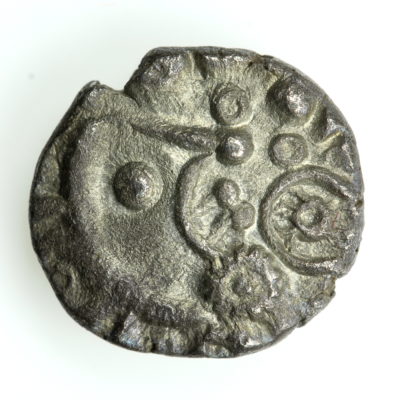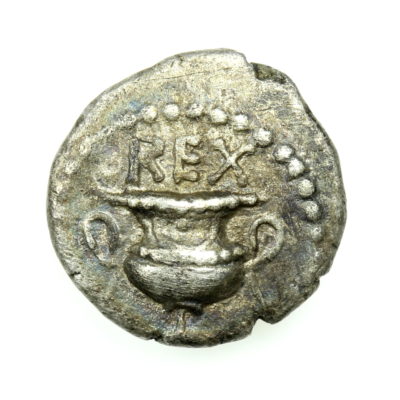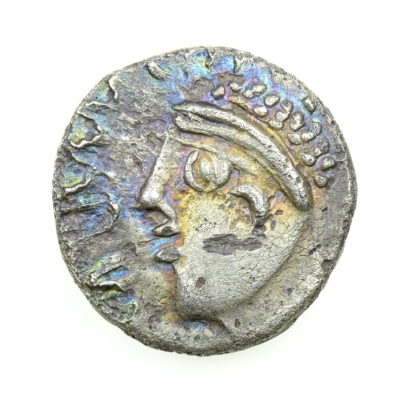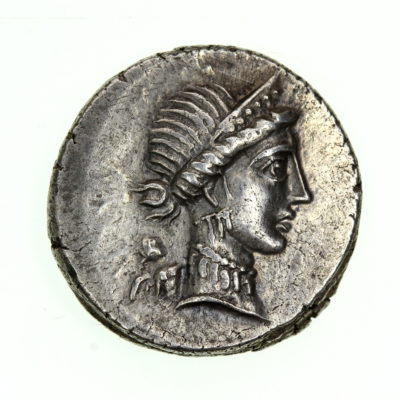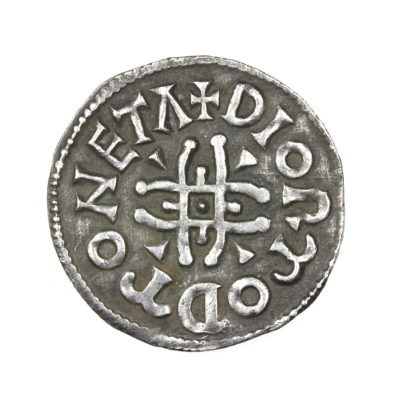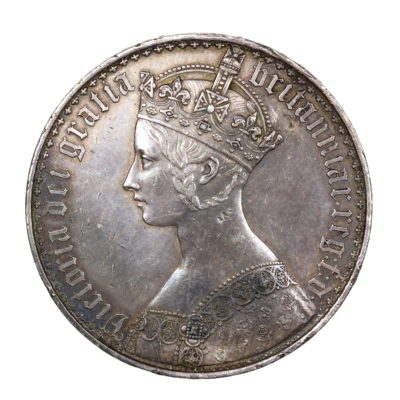Welcome to the first Newsletter of 2024 and we’re thrilled to see Spring blossoming after a very wet winter here in Gloucestershire! We’ve been buzzing with activity, not only researching exciting new stock and sprucing up our website but also jazzing up our listings. Check out the new ‘Enquire about this coin’ and ‘Sell one like this’ buttons on every item – making it a breeze to reach out to us! We hope this feature helps both coin connoisseurs and curious newbies discover the magic of historic coins.
Best Wishes and Happy Coin Collecting, The Team at Silbury
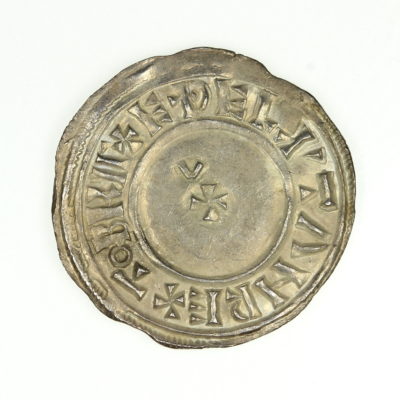
The Silbury Spotlight
Aethelstan AD 924-939 Silver Penny Main Issue Small Cross type York mint ex Ryedale Hoard
£4250.00
In July AD 927 Aethelstan took the kingdom of Northumbria and styled himself Rex Totius Britanniae; King of all England. Coins with this title, the first occurrence in British history, are highly sought by collectors.
‘Ryedale Hoard’ of Viking and Saxon Coins
This remarkable hoard of 65 coins and 4 ingots is a fascinating insight into the power struggles of the northern Danelaw and King Aethelstan’s subsequent recapturing of York from the Vikings in AD 927. We see on the coins a fascinating mix of the different cultures and religions prevalent in 10th century England.
One Viking piece shows both the Christian cross and Thor’s hammer on the same coin. Other coins in the hoard juxtapose the name of Saint Peter ‘Sancti Petri Moneta’ with a large Viking war sword. Here on the coins is the fusing of cultures which helped shape British history and formed our national identity.
Featured Online Stock
View our latest listings
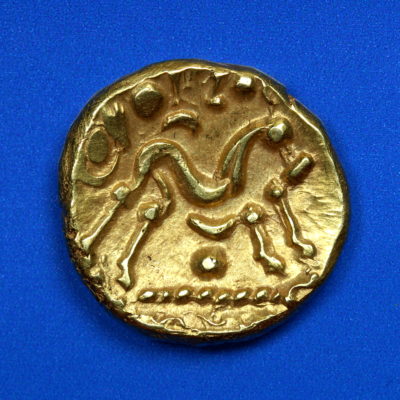
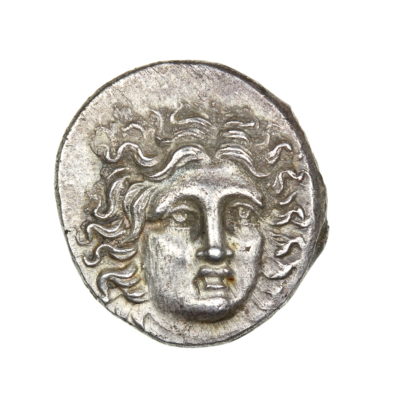
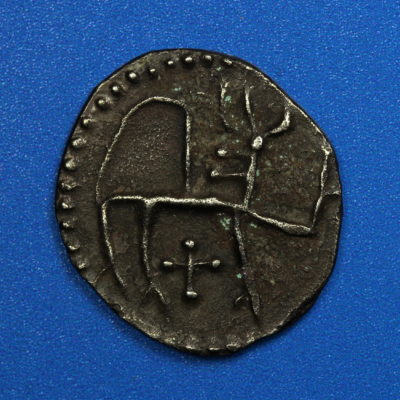
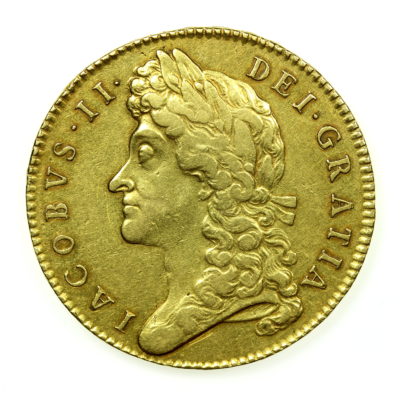
Celtic Coins
A consignment of around 100 Celtic coins containing many rarities, most of which haven’t been seen on the market since the 1990’s have just been listed for sale on our website. A rare opportunity to acquire scarce silver and bronze types found in the late 20th Century. Modern farming methods mean that these types are rarely found in identifiable condition today. Each coin has the collectors label with it and most have a find spot location recorded.
Hoards and Treasure
A recap of exciting local discoveries
‘Viking’ sword from River Cherwell
A member of the Thame Magnet Fishing Group hit headlines earlier this month with his unexpected find from the Cherwell at Enslow – an Early Medieval ‘Viking’ sword dating to the 9th or 10th century. The find was reported to the Oxfordshire Finds Liaison Officer and will now be conserved by Oxford Museum Services following its acquisition. While the find did not constitute Treasure, the finder was operating without permission of the landowner – who agreed to not press charges if the find was donated.
Anglesey Bracelets
Two highly unusual bracelets found on Anglesey in late 2023 have been declared Treasure at Coroner’s inquest and are set to be acquired by Anglesey Museum. Made of copper alloy and of hinged construction, the two likely represent an original pair – with one retaining an ornate silver applique depicting a triskele. Such finds are rare, representing an interesting blend of Late Iron Age art styles on an inherently Roman object type.
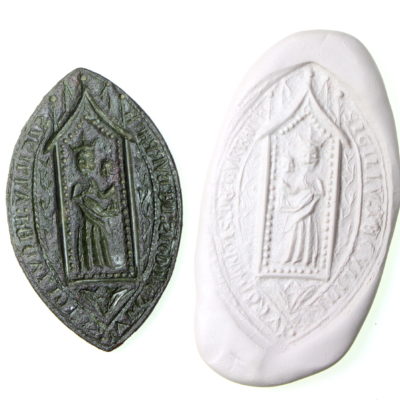
Medieval SEAL matrices
A collection of Medieval Seal Matrices have recently been added to our artefacts section of our website, this collection was formed by a passionate collector based in Rochester, Kent. Most of the matrices were found around Rochester in the late 1980’s and 1990’s, all have specialist impressions and the Medieval Latin legends are translated where possible.
You will find seals celebrating love and marriage, idolising Saints and some designed for clerical use by large establishments like Abbeys and Priories. All have one thing in common, their use was to keep the contents of quill written letters from the Middle Ages private and only to be read by the intended recipient! English Renaissance Romance at its best! AMOR VINCIT OMNIA (Love Conquerors All).
The Brighstone Collection of Roman Coinage
Silbury Coins has the privilege of offering an extensive collection of Roman coinage formed during the 1980’s and 1990’s, particularly strong on coins of Hadrian and coins from the Beachy Head hoard found in 1973. Each coin comes with a detailed hand written label alongside ours, part one is now available.
To view coins from this collection, click here →
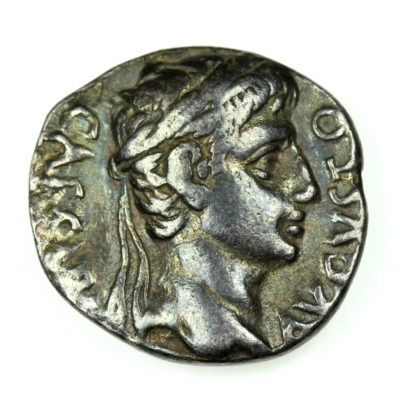
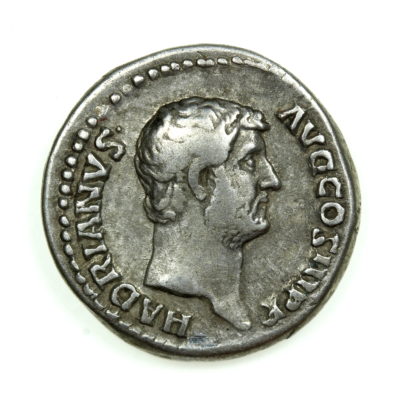
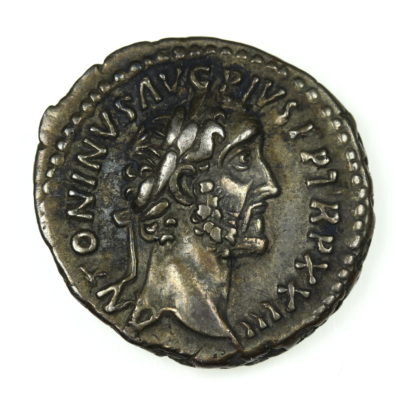

Museums and exhibitions
Legion: life in the Roman Army
Opening in February to wild acclaim, the British Museum’s inaugural 2024 exhibition ‘Legion: life in the Roman army’, is not to be missed. This exhibition, drawing not only from British collections but also those from Europe, North Africa and parts of the Middle East, skilfully weaves an all encompassing narrative which speaks to the diversity and versatility of Rome’s military forces. Including items such as the iconic Dura-Europos shield (the only surviving legionary scutum in the world), Lorica Segmentata from the Teutoberg battlefield and the iconic Crosby-Garrett cavalry parade helmet from Cumbria, this one is not to be missed. Jonathan Jones reviews in The Guardian.
Faces from the Past
Facial reconstruction, a scientific art most often applied in forensics, comes to the fore in new displays at Perth Museum, Scotland. The visages of four individuals have been ‘brought back to life’ at the institution, representing a bronze age woman buried about 2000 BC, an Iron Age Pict whose isotopes shows evidence of a childhood spent on the west coast of Scotland, a medieval murder victim and a 16th century Cistercian nun.
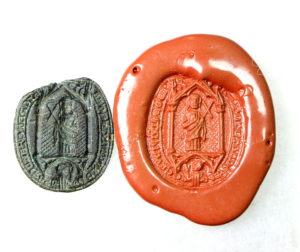
World Archaeology
News from the world of Archaeology
Europe’s oldest shoes
A pair of prehistoric shoes manufactured from woven grass have been found in Andalusia, Spain. Preserved within the dry confines of a cave, the shoes are thought to be around 6000years old – dating to the Neolithic period. If this is correct, they stand to represent the oldest known from Europe thus far.
Monumental architecture under the Baltic
A wall built of stones running for nearly a kilometre has been discovered off the small town of Rerik, near Lübeck, Germany. Now over 20m underwater, the wall was first revealed by a geophysical multibeam sonar survey undertaken in 2021 and confirmed by a follow up ROV survey in 2022. Given that the site was obviously built before sea-levels rose at the end of the Upper Palaeolithic, it was probably built between 12,500 and 6500 BC. The use of comparable long wall-like structures in parts of north Africa and the Middle East suggests they may have been used for hunting, serving to funnel prey into traps or corral them into specific areas.

